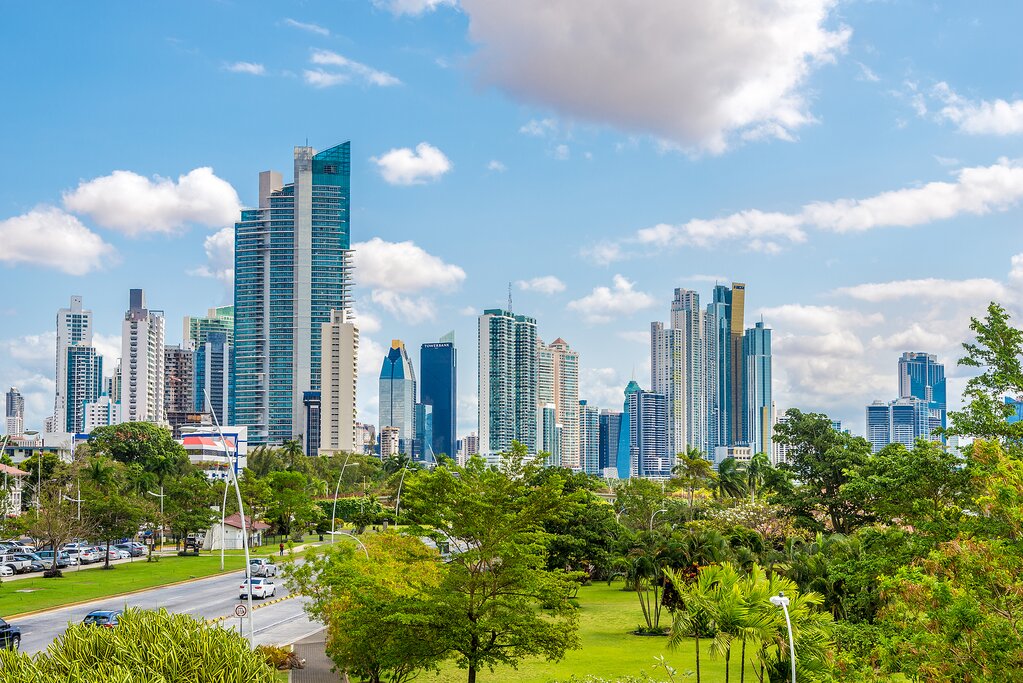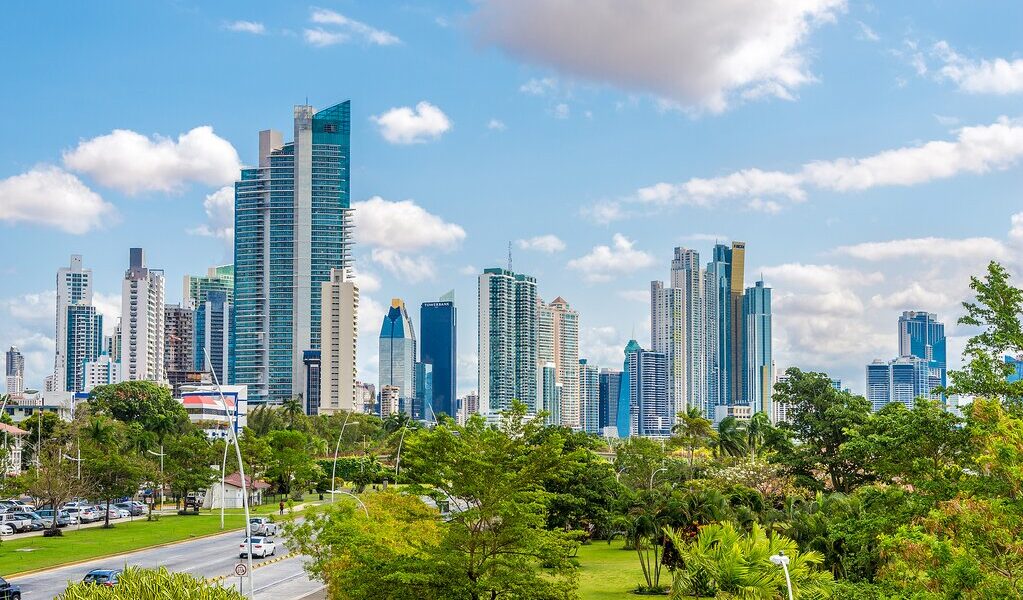
Right in the middle of the rainy season, July is a quiet and cheaper time to visit Panama City. While you might not want to lounge on a beach, cultural sightseeing activities are worthwhile in any weather. Read on to learn more about visiting Panama in July.
## Exploring Panama in July: A Comprehensive Guide
Panama, a captivating isthmus connecting North and South America, offers a unique travel experience, especially in July. While July falls within the rainy season, don’t let that deter you. With a little planning and the right expectations, you can discover the country’s vibrant culture, stunning landscapes, and fascinating history with fewer crowds and lower prices.
**Weather in Panama**
Tropical Panama experiences two distinct seasons: the dry season, characterized by sunny skies and minimal rainfall, and the rainy season, which extends from late April to November. July is firmly within the rainy season. Expect frequent showers, although they rarely last all day. The months of October and November typically see the heaviest rainfall. It’s important to note that the **Pacific coast** and **Caribbean coast** have slightly different weather patterns. The **Caribbean coast** generally receives more rainfall throughout the year than the **Pacific coast**.
Temperature-wise, Panama remains consistently warm throughout the year. The annual average temperature hovers around 86°F (30°C). While temperatures might dip slightly during the rainy season, the humidity increases significantly. Many travelers find the combination of heat and humidity more challenging than the dry heat experienced during the dry season. If you’re sensitive to humidity, consider spending time in the higher-altitude highlands, where temperatures are noticeably cooler.
**Crowds and Costs**
One of the most significant advantages of visiting Panama in July is the reduced number of tourists. The rainy season is considered the low tourism season, resulting in fewer crowds at popular attractions and beaches. This translates to lower prices for accommodation, tours, and transportation. If you’re traveling on a budget or seeking a more secluded experience, July can be an ideal time to visit Panama. Beach resorts will be less crowded, allowing you to enjoy the natural beauty of Panama without the hustle and bustle of peak season. Just be prepared for the possibility of rain and adjust your plans accordingly.
**Where to Go in Panama**
Despite the rain, Panama offers a plethora of destinations and activities to explore. **Panama City**, the vibrant capital, is a must-see. This bustling metropolis boasts a rich blend of cultural, culinary, and historic attractions that can be enjoyed regardless of the weather. Tour the visitor’s center at the **Miraflores Locks** of the iconic **Panama Canal**, marveling at the engineering feat and learning about its global significance. Escape the rain inside the Frank Gehry-designed **Biomuseo**, a colorful and interactive museum dedicated to Panama’s biodiversity. Wander the charming streets of **Casco Viejo**, the city’s historic district, a UNESCO World Heritage site filled with colonial architecture, cobblestone streets, and picturesque plazas.
Beyond Panama City, several other towns and regions offer unique cultural and historical experiences. **David, Colon, Portobelo,** and **Las Tablas** each have their own distinct character and attractions. **Las Tablas** is often referred to as the cultural capital of Panama, known for its vibrant festivals and traditions. **David, Colon, and Portobelo** all showcase Panama’s colonial-era history, with well-preserved architecture and historical sites.
**What to Do in Panama**
While visiting jungle national parks like the **Darien National Park** might not be the best idea during the rainy season due to accessibility and potential flooding, there are still plenty of opportunities to spot wildlife and experience Panama’s natural beauty. **Camino de Cruces National Park** and **Soberania National Park**, both located near Panama City, are excellent options for day trips. These parks offer well-maintained trails and diverse ecosystems, providing opportunities for birdwatching and wildlife viewing. For a chance to see nesting loggerhead and green sea turtles, visit **Bocas del Toro** on the Caribbean coast or **Isla Cañas** (Cane Island), southeast of Panama City. Remember to choose ethical and responsible tours that prioritize the well-being of the turtles.
For adventurous travelers, white-water rafting opportunities abound near **Boquete** and **Chiriqui**, where the rivers are swollen with rainwater, creating thrilling rapids. Scuba diving and surfing are also popular activities along the coasts, although visibility might be affected by the rain and runoff.
**Events in July**
July is a festive month in Panama, with several cultural events and celebrations taking place throughout the country.
* **Fiesta de Santa Librada and Festival de la Pollera, Las Tablas:** This multi-day festival honors Santa Librada and celebrates the traditional folk costume of the region, the pollera. The highlight is the Festival de la Pollera, which includes a competition to choose a Queen of the Pollera.
* **Virgen del Carmen, Santa Catalina:** On July 16th, the coastal town of Santa Catalina, Veraguas Province, comes alive with a procession of decorated boats touring the coast in honor of the Virgin of Carmen. This tradition is believed to bring good fortune to the local fisherfolk.
Visiting Panama in July offers a unique and rewarding travel experience. While rain is likely, it shouldn’t deter you from exploring the country’s diverse landscapes, rich culture, and fascinating history. With fewer crowds, lower prices, and a bit of flexibility, you can discover the magic of Panama in July.
B-1998

